Crassus: The wealthiest man in history was Roman
Ancient Rome, boasted figures of immense wealth and power that wielded their fortunes to sway politics, society, and even the architecture of their time, like Marcus Licinius Crassus.
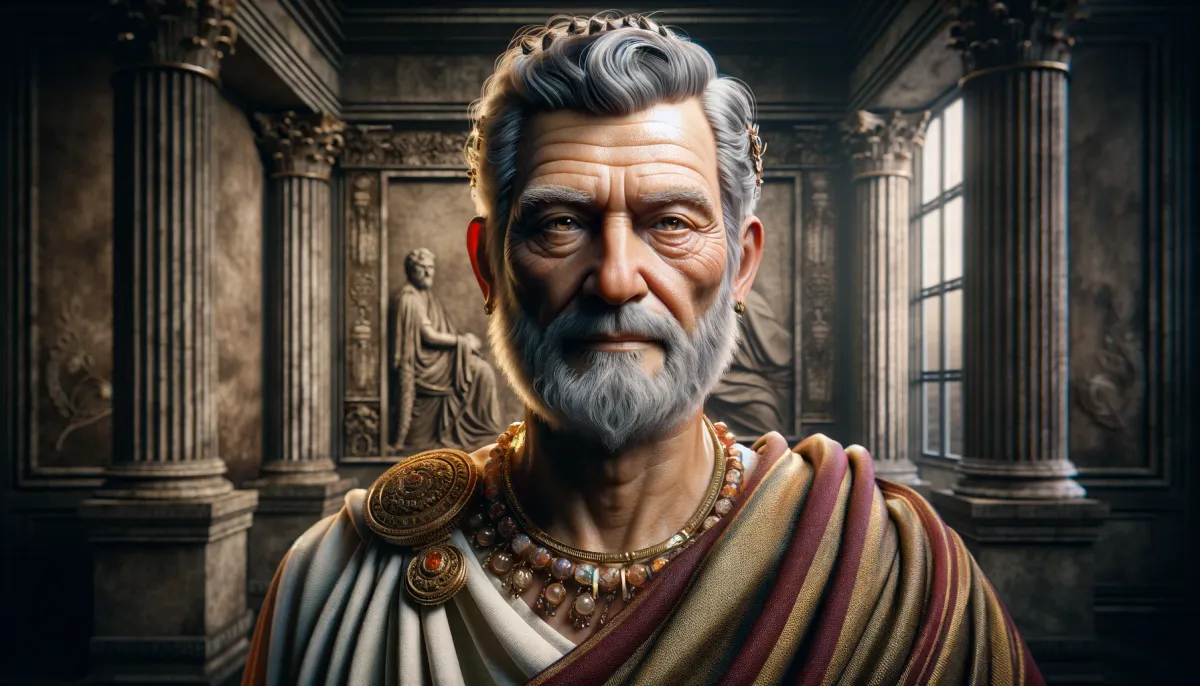
Ancient Rome, known for its sprawling empire and profound historical influence, also boasted figures of immense wealth and power that wielded their fortunes to sway politics, society, and even the architecture of their time.
Wealth Accumulation in Ancient Rome
The economic landscape of ancient Rome was vastly different from today, yet certain similarities in wealth accumulation can be seen. Rome’s richest got their wealth through extensive land holdings, military conquests, slave labor, and government positions. Marcus Licinius Crassus, known for his eloquence and real estate savvy, was among the first to reach the financial pinnacle by amassing vast properties and leveraging political influence to augment his wealth.
Marcus Licinius Crassus: The Wealthiest Roman
Often cited as the wealthiest individual in Roman history, Marcus Licinius Crassus’s fortune was legendary. His wealth was estimated to be equivalent to the entire budget of the Roman treasury. Crassus’s wealth primarily came from real estate speculation, silver mines, and his role in the slave trade. His infamous use of a private fire brigade that would offer to buy burning buildings at a reduced price before extinguishing the fire exemplifies his ruthless approach to wealth accumulation.
In 2014, The Washington Post examined the comparative wealth of historical figures like Marcus Crassus against modern billionaires like Bill Gates. They drew on Branko Milanovich's book, "The Haves and Have-Nots", to estimate Crassus' wealth at 200 million sesterces, suggesting an annual income of 12 million sesterces based on a 6% interest rate. However, considering the 12% interest rate set by Sulla in 88 BC and Crassus' notorious financial acumen, a more likely income could be 24 million sesterces per year.
Branko Milanovic, a top inequality economist employs a method that equates wealth to the ability to purchase human labor, highlighting the vast difference in labor costs between ancient Rome and modern Western societies due to the competition from slave labor in Rome. While Milanovich uses an average Roman income of 380 sesterces for his calculations, this method suggests Crassus' income was equivalent to the earnings of 32,000 average Romans at a 6% rate, or 64,000 Romans at a 12% rate.
Contrasting this with Bill Gates in 2005, when his wealth was estimated at $50 billion and annual income at $3 billion, Gates' wealth relative to the GDP per capita was approximately 75,000 times. Using Milanovich’s 6% return calculation, Gates appears more than twice as wealthy as Crassus. However, adjusting for the 12% rate, Gates' wealth still surpasses Crassus but not by as wide a margin.
Business Insider in 2011 quoted economist Peter Bernstein, suggesting that if converted appropriately, Crassus' wealth could be as much as $220 billion, rivaling the wealthiest individuals of all time.
Milanovic writes:
“We do not have an exchange rate that would convert Roman sesterces or asses or Castellan seventeenth-century pesos into dollars of equal purchasing power today. Even more, what 'equal purchasing power' might mean in that case is far from clear. 'Equal purchasing power' should mean that one is able to buy with X Roman sesterces the same bundle of goods and services as with Y U.S. dollars today.
But not only have the bundles changed (no DVDs in Roman times), but were we to constrain the bundle to cover only the goods that existed both then and now, we would soon find that the relative prices have changed substantially. Services then were relatively cheap (because wages were low); nowadays, services in rich countries are expensive. The reverse would be true for bread or olive oil.
Thus, to compare the wealth and income of the richissime in several historical periods, the most reasonable approach is to situate them in their historical context and measure their economic power in terms of their ability to purchase human labor (of average skill) at that time and place.”
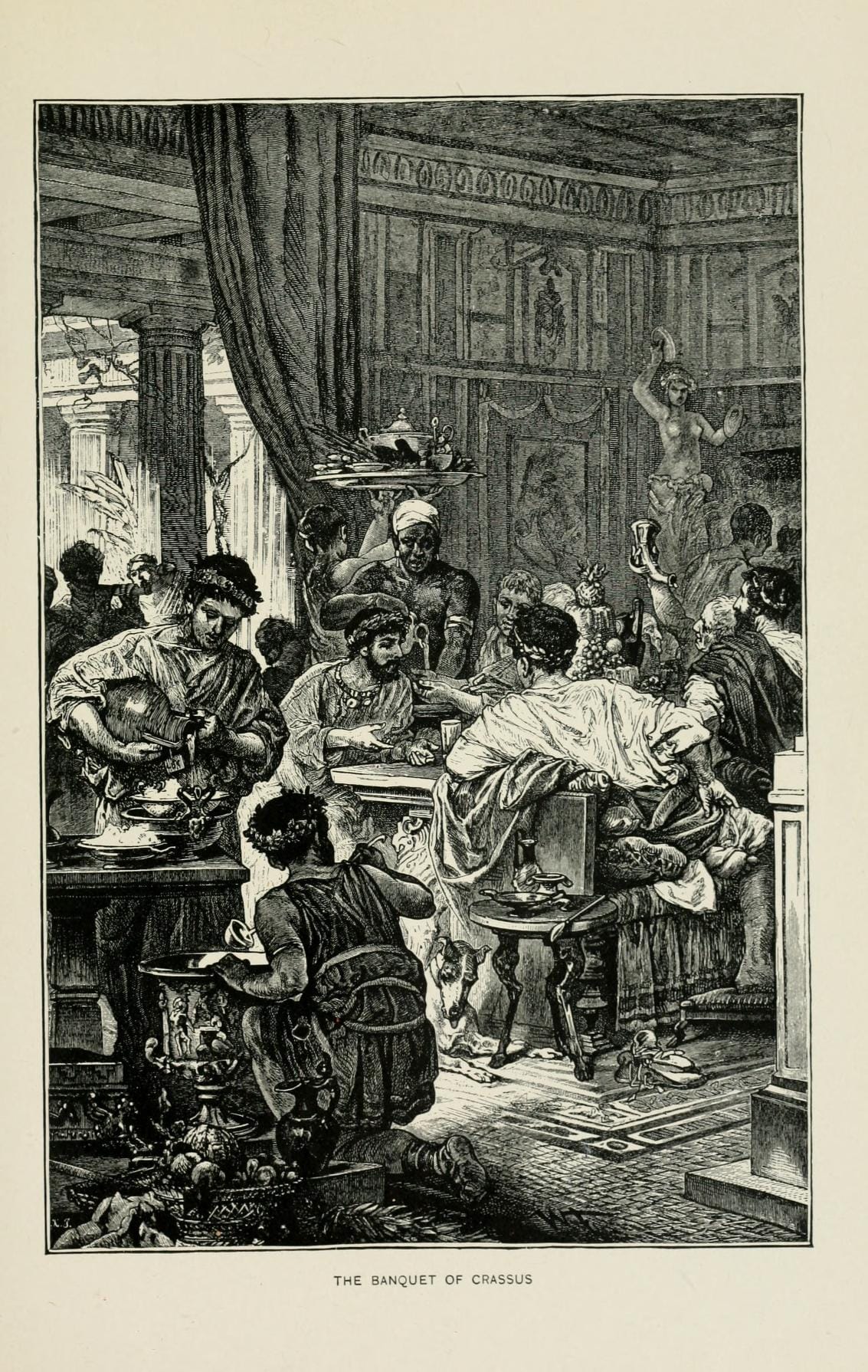
Marcus Licinius Crassus focused on restoring his family's wealth, which had been seized during the proscriptions under the rule of Marius and Cinna. Sulla’s subsequent proscriptions, which involved the auctioning off of property belonging to his political enemies at low prices, greatly benefited Crassus.
Sulla supported such acquisitions as a means to distribute responsibility among those willing to participate in these morally questionable acts. These proscriptions not only resulted in the execution and financial ruin of those loyal to Gaius Marius or Lucius Cornelius Cinna but also imposed harsh restrictions on their families, including prohibitions on marriage for their female relatives.
The rise to power and wealth
Crassus is notorious for having enriched himself through these proscriptions, notably manipulating the list to include a man not originally marked for proscription to seize his wealth. Pliny the Elder noted Crassus' fortune at about 200 million sesterces. Plutarch further details that Crassus’ wealth grew from an initial 300 talents to 7,100 talents, equivalent to 229 tons of silver or about US$167.4 million by August 2023 standards. Plutarch remarks that much of this immense wealth was amassed through exploiting public disasters, leveraging wars and crises as major revenue sources.
Crassus initially built his wealth through real estate, capitalizing on property seized from those defeated in war and constructing opulent homes for the victors. His wealth expanded significantly through ventures in mining and banking. Despite his infamy in popular culture, notably as the antagonist who crucified Kirk Douglas’s character in Stanley Kubrick’s film "Spartacus," Crassus viewed the suppression of the slave rebellion as a minor achievement.
His true influence lay in his financial prowess, which allowed him to wield power from behind the scenes, manipulating political figures as mere puppets. Crassus epitomized the archetype of the tycoon, wielding a new kind of enduring power rooted in wealth and economic influence.
Even Julius Caesar, at the outset of his career, was greatly influenced by Crassus’s financial backing. Crassus funded Caesar's election efforts, ensuring his ascension to the position of pontifex maximus—the chief priest of Rome, uniquely positioned with a residence in the Roman Forum. After assisting Caesar in securing military commands in Gaul, Crassus protected his interests back in Rome by leveraging his wealth through bribery, loans, speeches, and political favors. This support was strategic, positioning Caesar as a counterbalance to Pompey the Great, Crassus's lifelong rival, at least for a time.
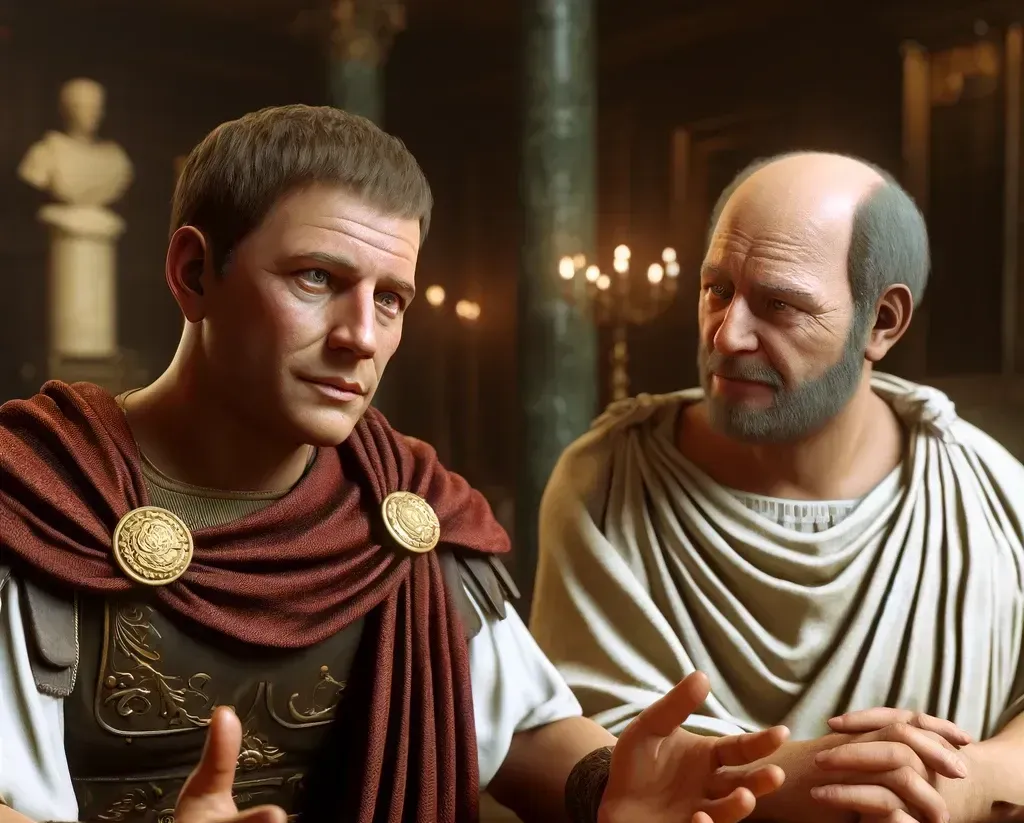
Rome's Billionaires
The Lifestyle of Rome’s Elite
The opulent lifestyles of Rome’s richest can be likened to those of today’s billionaires. They owned vast estates across the Roman Empire, complete with luxurious villas, gardens, and private armies. For instance, the Villa of the Papyri, owned by Julius Caesar’s father-in-law, was an extravagant estate in Herculaneum, complete with its own library and art collection.
Extravagant feasts and games were commonplace. Lucullus, another figure known for his wealth, famously said that it was a disgrace if his dinner cost less than 10,000 sesterces. Their homes in Rome were palatial, often taking up entire city blocks, known as insulae.
Demonstrations of Wealth and Power
Roman elites demonstrated their wealth not just through lavish living but also through public service, which often involved financing grand public works. They sponsored gladiatorial games, theatrical performances, and public feasts that could feed the entire city. Such acts served both as a display of immense wealth and as a means to gain public favor.
Infrastructure projects were another common method for displaying wealth. Emperors like Augustus used personal funds to construct monuments, temples, and civic buildings, thereby etching their names into the city’s architectural heritage.
Wealth and Political Influence
Just as today’s billionaires often engage in philanthropy and political contributions, ancient Roman elites used their wealth to wield political power. They financed electoral campaigns, backed military ventures, and influenced legislation. Their fortunes were directly tied to their political ambitions, with many using their economic influence to secure high-ranking positions such as consulships and senatorial seats.
The Downside of Wealth
Despite their fortunes, the lives of Rome’s wealthiest were not without challenges. Their wealth made them targets for political rivals and criminals alike. The assassination of Julius Caesar is one prime example of how wealth and power could attract deadly envy. Additionally, during periods of instability, emperors would often confiscate the properties of wealthy Romans under various pretexts, which added a layer of risk to their opulent lifestyles.
The millionaires and billionaires of ancient Rome might share some similarities with today's economic titans, but the ways in which they acquired and used their wealth were heavily influenced by the societal and political context of their times.
Still, the question is not how much money you have, but where you live and what can you buy with it.



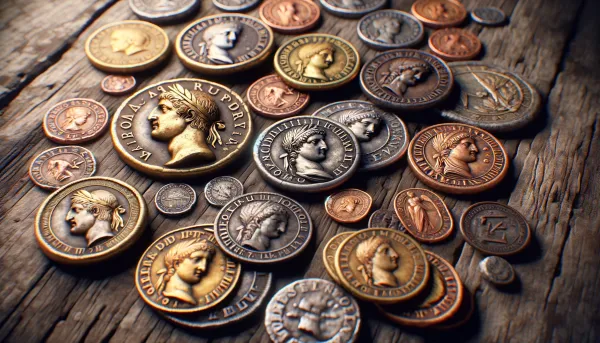

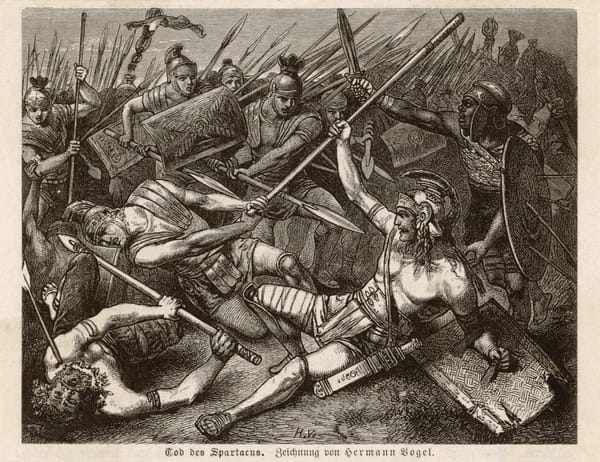
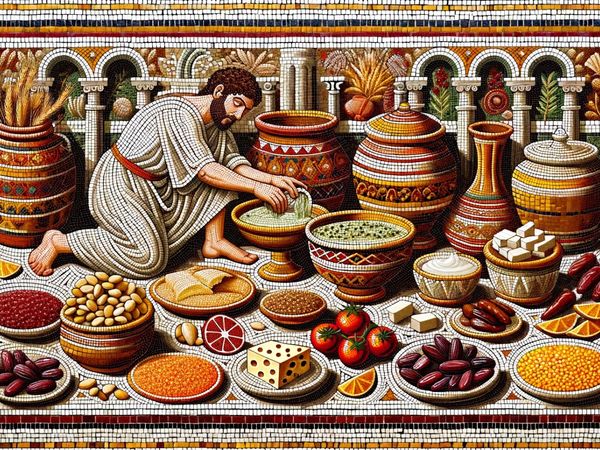

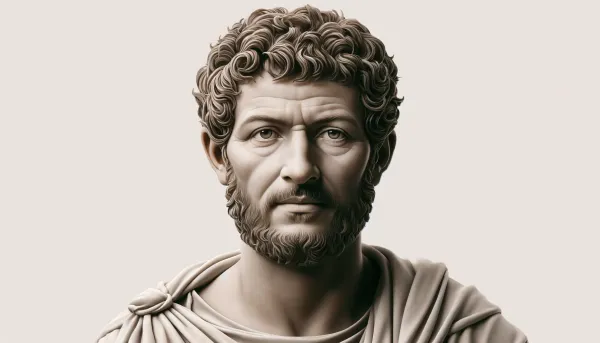
About the Roman Empire Times
See all the latest news for the Roman Empire, ancient Roman historical facts, anecdotes from Roman Times and stories from the Empire at romanempiretimes.com. Contact our newsroom to report an update or send your story, photos and videos. Follow RET on Google News and subscribe here to our daily email.